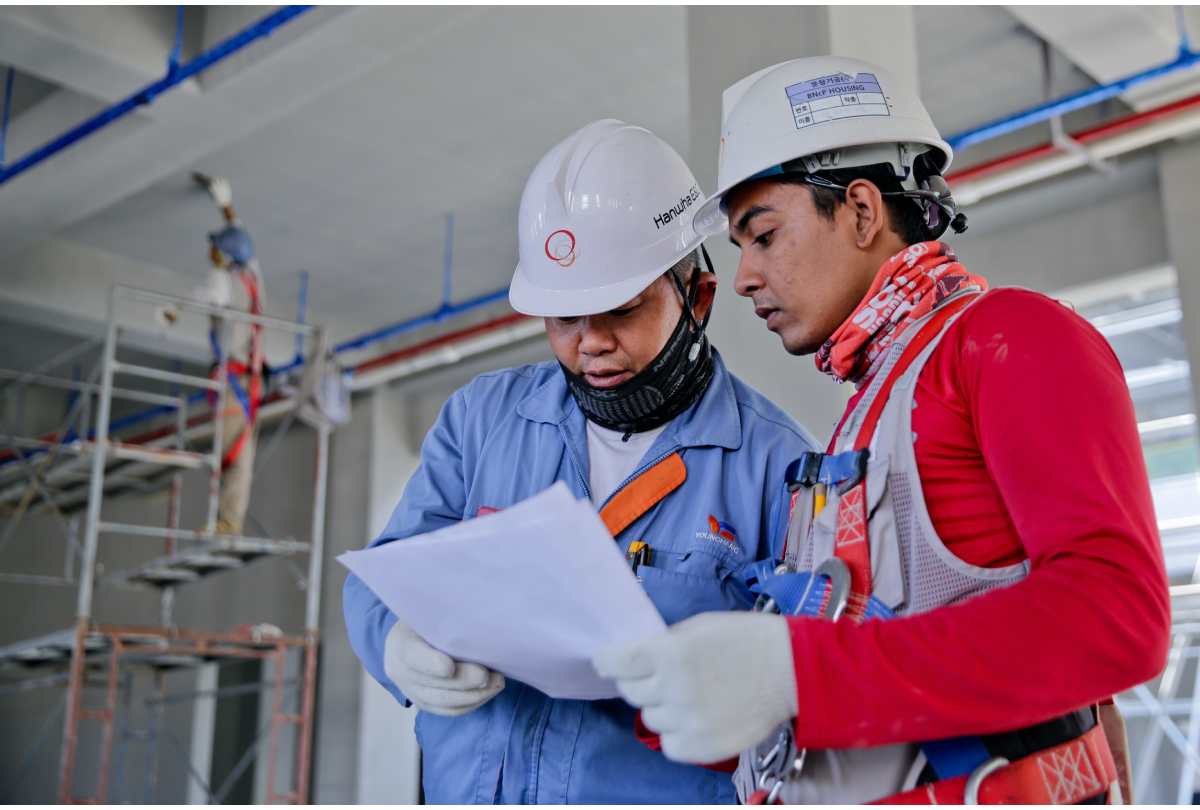How to simplify shift handovers using smart wearables
Many industrial companies produce their goods in shifts. Production often takes place around the clock – divided into early shift, late shift and night shift. Ideally, the machines are still working to capacity during the shift handover and do not stand still. Unfortunately, such a smooth shift handover is not the case in many companies.
Problems during shift handovers
In production facilities with shift operation, several machine operators work alternately on the same machine. The machine operators’ working hours overlap only minimally. Personal exchanges are hardly possible and are only brief. As a result, only a small amount of relevant information about the previous shift can be passed on to the next shift.
At the end of a shift, all employees must enter information and incidents such as defects, machine maintenance or the job status from their shift, into a computer or even on paper. Often only a few computers are available for this process. This often leads to a loss of information, as the respective machine operators quickly leave the production halls after the end of their shift, regardless of whether they have entered their documentation of the shift or not.
During the shift handover, the machines are not working to full capacity or are at a downtime. As a result, machine downtimes are usually more frequent at the beginning of a shift and the available capacity cannot be fully utilized. This hectic type of shift handover is an unnecessary stress factor for employees and leads to avoidable inefficiency in the production process. With an optimized, digital shift handover process, these inefficiencies and stress factors can be avoided and costs can be reduced.
Optimizing shift handovers – with smart wearables
By using smart wearables, such as industrial smart watches, the shift handover process is digitalized and thus simplified and accelerated. Such a shift handover could look as follows:
A machine operator comes into the changing room shortly before the start of his shift. He changes and gets his freshly charged Smartwatch out of his locker. With the Smartwatch on his wrist, he goes to his machine and relieves his colleague. The digital documentation enables him to see all the information, such as machine problems or maintenance that his foreman had, directly on his Smartwatch. He knows exactly what happened in the previous shift and what he has to pay attention to – without having to communicate with his foreman.
This is done, for example, with the help of the integrated video and photo function, which simplifies the documentation of various events. With the message function, employees can send themselves voice and text messages and, if necessary, inform the machine’s successor about a particular event. In addition, digital and direct data acquisition means that all information about machine maintenance, machine updates, defects, job status and parts availability is stored. Thus, a few clicks on the Smartwatch are enough for the subsequent machine operator to keep up to date with the latest status of his machine. This ensures that the correct information is transmitted at shift change and that the next machine operator is informed of all relevant information. In addition, the incomplete traceability in which areas which problems have occurred is counteracted. This means that each machine operator no longer only has the information of the previous shift, but also the data of each shift.
With a view to the Corona pandemic the optimized, digital shift handover can also minimize personal contact between employees. This is an important factor for companies to ensure continuous production during the ongoing pandemic.
Conclusion
By simplifying the shift transfer with the help of smart wearables, all important events and information from the previous shift are documented in an unalterable way and transferred in detail to the next shift. Information transfer is thus ensured, efficiency between shifts remains at the same level and the different experiences can be easily passed on. Personal contact is not absolutely necessary when handing over shifts and reduces the risk of infection in the corona pandemic. Putting on an Industry Smartwatch at the beginning of the shift is sufficient to have all important data directly and digitally available on the wrist.
If you are interested in an improvement and simplification of the shift change, please contact us!
Do you want to know if and how wearables can be used in your company?
Contact us now and receive comprehensive advice.
[hubspot portal=”7001161″ id=”c6455fcf-e396-470a-b110-05dc444a0c98″ type=”form”]
